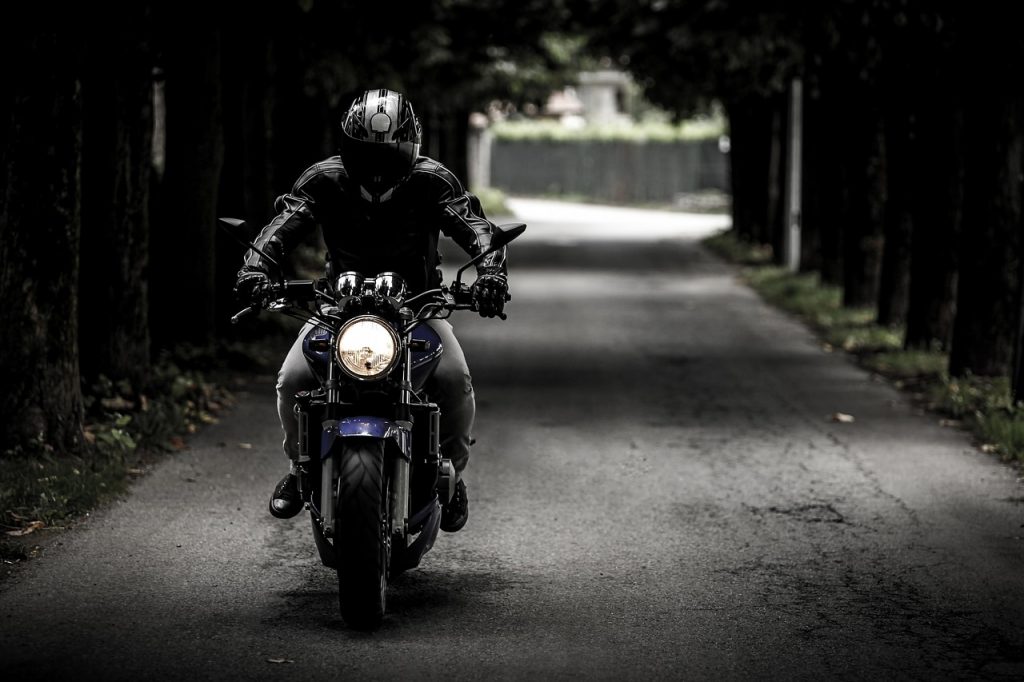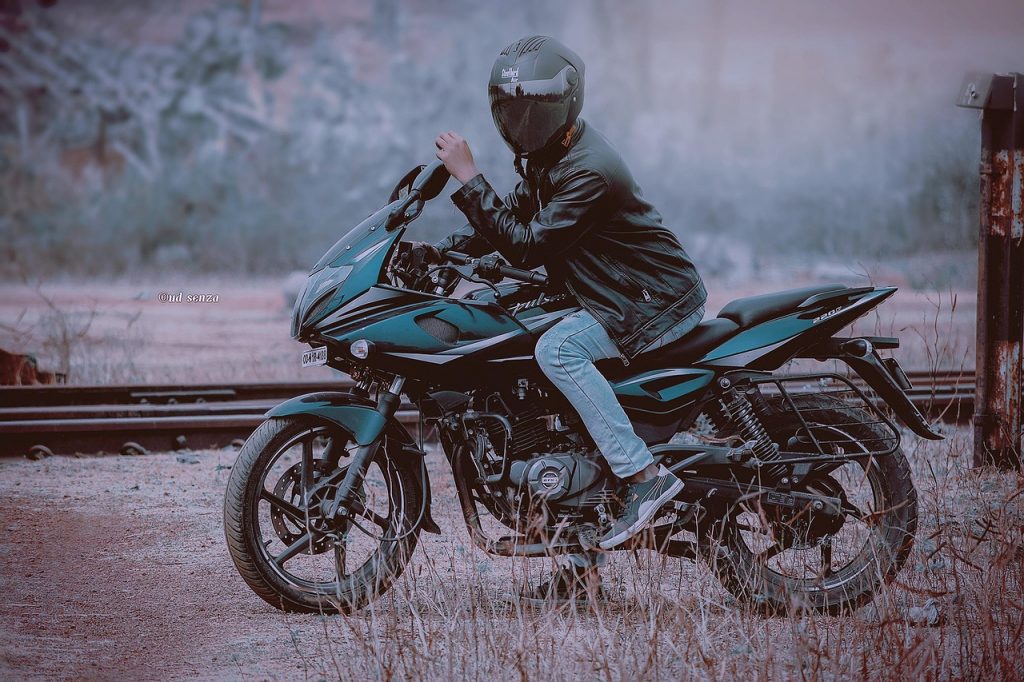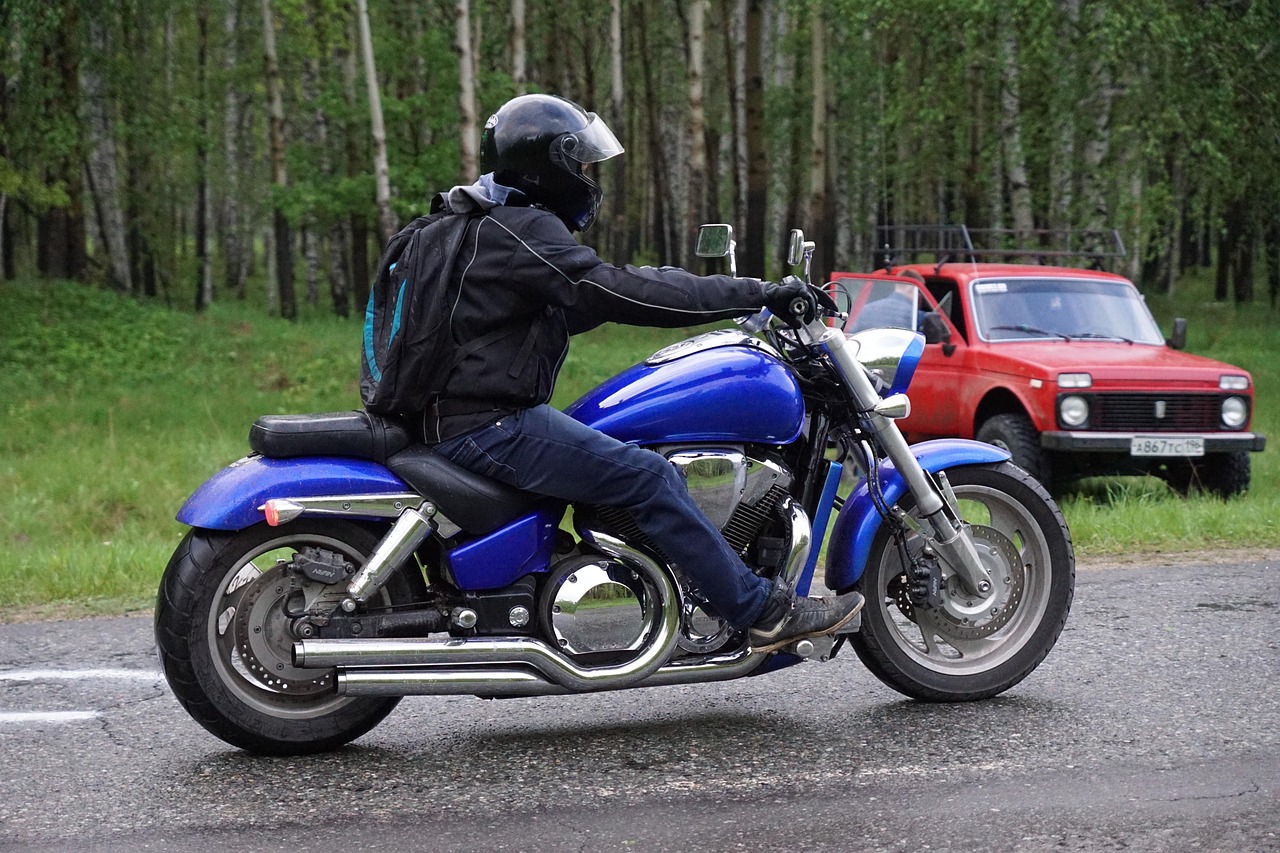Motorcycling is more than just transportation—it’s an experience. There’s something unmatched about the feeling of wind against your body and the raw connection to the road. But that connection comes with trade-offs. Unlike drivers enclosed in cars, riders are exposed to every drop of rain, blast of wind, and patch of uneven pavement.
That’s why it’s so important to dress for the unexpected. Whether you’re riding across town or adventuring off-grid, having the right gear means staying dry, safe, and focused—no matter what the weather throws at you.
What Kind of Gear Should Motorcyclists Wear to Stay Comfortable and Dry if It Starts Raining Again Unexpectedly?
Let’s face it—weather apps aren’t perfect. One moment the sun’s out, the next you’re dodging puddles under a sudden downpour. That’s why smart riders plan with gear that handles surprise showers without ruining the ride.
Here’s what you’ll want to keep close:
- A waterproof or laminated jacket like those made with Gore-Tex or D-Dry
- Rain-ready pants or overpants with sealed seams
- Waterproof boots that don’t trap water
- Rainproof gloves or quick-on glove covers
- A neck gaiter or storm collar flap to keep rain from creeping down your jacket
- Packable rain gear that stows easily in your tail bag or backpack
Riders who wear breathable, waterproof layers stay more alert and less fatigued during wet rides, according to the Motorcycle Industry Council (MIC). And when you’re more comfortable, you’re a lot more likely to make safe decisions.

Adventure Motorcyclists: What Kind of Gear Do You Wear, Especially When You Know You Will Be Fording Rivers?
If you’re an adventure motorcyclist, you already know that weather isn’t the only challenge. Mud, water crossings, and rough terrain demand gear that’s as rugged as you are.
So what should you wear when you know you’ll be fording rivers?
- Laminated adventure suits that repel water without soaking through
- Quick-drain, high-ankle boots built for off-road abuse
- Moisture-wicking base layers that dry fast
- Built-in armor or modular protectors that move with you
- Ventilated adventure helmets that manage fog and moisture
Nearly 90% of adventure riders wear waterproof gear as part of their standard setup, especially when riding remote routes, according to ADV Pulse rider surveys. Because when you’re hours from the nearest road, there’s no margin for soaked gear or cold fatigue.
What Other Protective Gear Can a Motorcyclist Have Besides a Helmet?
We all know a helmet is non-negotiable, but what else should be in your safety arsenal? A lot. And these days, it’s easier than ever to ride smart without looking like you’re headed to a racetrack.
Here’s a breakdown:
- Armored jackets and pants with CE-rated impact zones
- Back protectors and chest plates (integrated or standalone)
- Motorcycle gloves with reinforced palms and knuckles
- Protective boots with ankle and shin armor
- Airbag vests or jackets that inflate instantly during a crash
Full-body protection can reduce the risk of serious injury by up to 43%, according to data from the MAIDS study and the Motorcycle Safety Foundation (MSF). In other words, gear works—and it’s worth wearing every time.

What Percentage of Motorcyclists Wear Protective Gear?
Here’s the hard truth: not enough. A recent study from the National Highway Traffic Safety Administration (NHTSA) found that only 65% of motorcyclists wear jackets, and even fewer wear armored pants or gloves. That’s concerning when you consider how unpredictable road conditions—and other drivers—can be.
Interestingly, riders who’ve taken a safety course or experienced a crash are far more likely to wear gear consistently, according to NHTSA’s National Occupant Protection Use Survey (NOPUS). Experience often teaches what caution could have prevented.
Riding a motorcycle is an exhilarating experience, offering freedom, speed, and a deep connection to the road. But that thrill comes with risk, especially when riders overlook critical habits like motorcycle inspection and wearing proper gear.
If you’re serious about riding smart—not just riding free—don’t miss this eye-opening read:
Riding Smart: The Harsh Reality of Ignoring Gear and Pre-Ride Inspections
As a Motorcyclist, What Is the Least Obtrusive Gear You Will Recommend Other Than a Helmet That Can Keep You Safe on the Road?
Some riders hesitate to gear up every time because they think it’s bulky or inconvenient. The good news? Modern motorcycle gear is more low-profile than ever.
If you’re looking for protection without the bulk, here are some top picks:
- Armored hoodies and shirts from brands like Knox or Pando Moto
- Slim CE-rated knee pads that slide under jeans
- Stealth gloves with knuckle armor and touchscreen tips
- Flexible back protectors that slip into your everyday jacket
Low-profile gear is now popular among urban riders and commuters who want to stay protected without changing their entire outfit, according to RevZilla’s annual gear trends report.
As a Motorcyclist Who Knows the Importance of Gear, How Do You Wear It in Daily Life? Do You Always Wear the Same?
Most experienced riders don’t wear the same gear every day, but they always wear the right gear for the day. It’s about being prepared, not overburdened.
Here’s how the pros keep it practical:
- In summer? Mesh jackets and armored riding jeans.
- Cold mornings? Layered thermal liners and waterproof shells.
- Quick errands? CE-rated hoodies, slim pads, and armored gloves.
Riders who prioritize protection build modular systems they can adjust based on the weather, time of day, and trip length, according to a 2023 Motorcycle Consumer Report survey. The goal is consistency, no matter the outfit.
It’s Not Just the Rain You’re Dressing For—It’s the Unexpected
You can’t always predict the road, but you can dress for it. Being prepared for rain, cold, or even a slide through gravel is what separates experienced riders from those just getting by.
Whether you’re an adventure rider navigating river crossings or a daily commuter dodging rainstorms, your gear is more than comfort—it’s protection, confidence, and peace of mind.
So next time you ride out under clear skies, make sure your gear has your back when the clouds roll in. Because being ready isn’t just smart—it’s survival.
Ready to ride with confidence?
Explore more safety tips and rider training opportunities today.

